- Section 1: What’s Email Marketing?
- Section 2: Email Marketing Best Practices
- Section 3: Effective Email Marketing Campaigns
- Section 4: Email Deliverability
- Section 5: Email List Segmentation
- Section 6: Email List Building
- Section 7: Email Marketing Tools
- Section 8: Email Marketing Analytics
- Section 9: FAQ
- Section 10: Conclusion
Email marketing has been one of the most effective marketing techniques for businesses of all sizes. In this article, we will discuss the best email marketing strategies and practices that can help you to increase your email deliverability, build your email list, and improve the overall effectiveness of your email marketing campaigns.
Section 1: What’s Email Marketing?
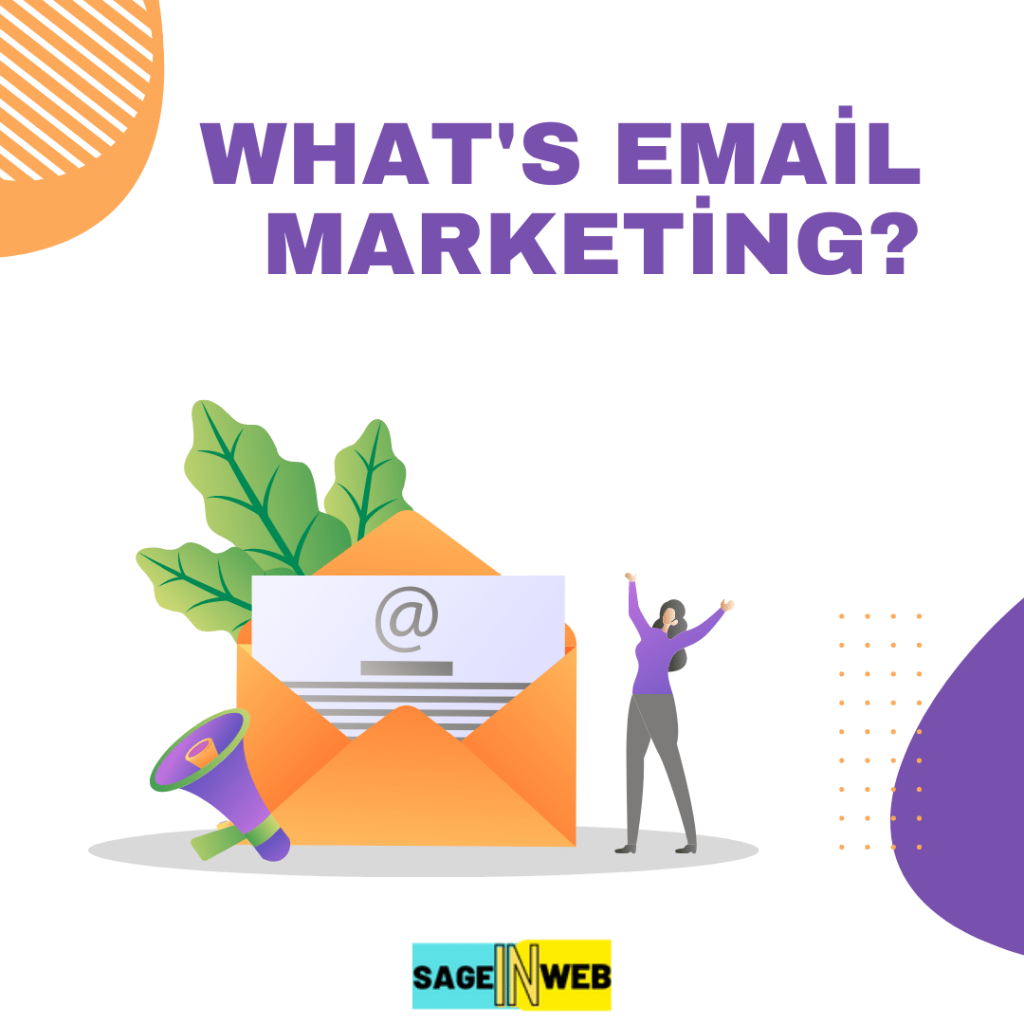
Email marketing is a digital marketing technique that involves sending commercial messages to a group of people via email. These messages could be about anything related to your business, such as new product launches, promotions, updates, etc. Email marketing encourages the recipient to take action, such as purchasing, signing up for a service, or visiting a website.
Subsection 1.1: Benefits of Email Marketing
One of the biggest benefits of email marketing is its cost-effectiveness. Email marketing is much cheaper than other forms of marketing, such as TV ads or billboards. Another benefit is its effectiveness. Email marketing campaigns have been shown to have higher conversion rates than other forms of marketing.
Subsection 1.2: Real-Life Example
A small e-commerce business selling handmade jewellery has struggled to increase sales and build brand awareness. They had been using social media to promote their products but were not seeing the results they had hoped for.
They decided to start an email marketing campaign and began sending weekly newsletters to their email list. The newsletters included product updates, special promotions, and links to their blog posts.
Within a few months, the business saw a significant sales and website traffic increase. They realized that email marketing was a more effective way to reach their target audience, as their subscribers were already interested in their products and were more likely to purchase.
To further optimize their email marketing strategy, they began to segment their email list based on customer data, such as past purchases and engagement rates. They also started to track their email marketing analytics, such as open and click-through rates, to make data-driven decisions and improve the effectiveness of their email campaigns.
The business increased its revenue through email marketing efforts and built stronger customer relationships. They learned that by using email marketing best practices, such as personalization and segmentation, they could engage with their subscribers more deeply and drive conversions more effectively.
Section 2: Email Marketing Best Practices
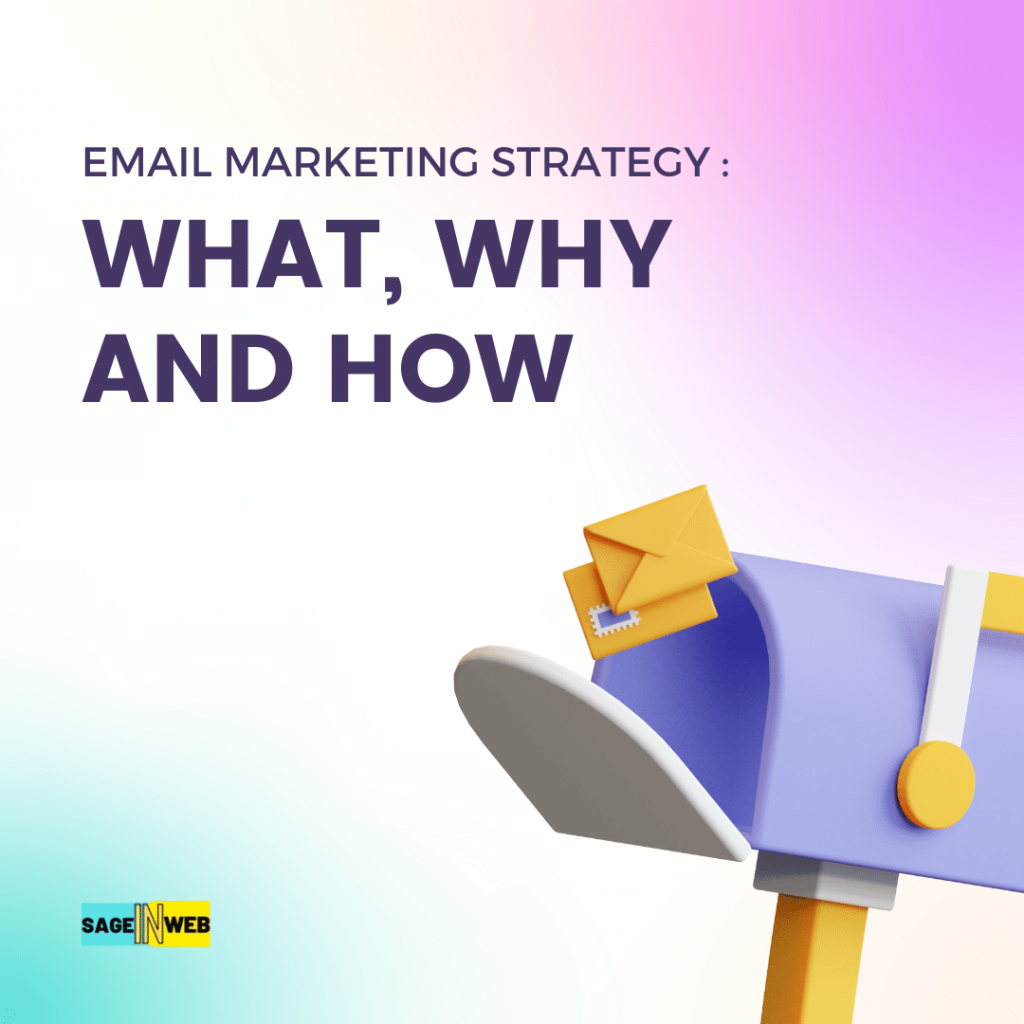
To ensure the success of your email marketing campaigns, it’s important to follow best practices that can help you to improve your email deliverability, increase your open rates, and reduce your unsubscribe rates.
Subsection 2.1: Build Your Email List
Building a high-quality email list is among the best practices for email marketing. You can do this by offering something of value, such as a free ebook or a discount code, in exchange for the recipient’s email address. It’s also important to make it easy for people to subscribe to your email list by including a sign-up form on your website and social media channels.
Subsection 2.2: Segment Your Email List
Segmenting your email list involves dividing your subscribers into groups based on their interests or behavior. That allows you to send targeted emails more likely to resonate with the recipient. For example, you could segment your email list by age, location, or purchase history.
Subsection 2.3: Use Effective Email Marketing Messages
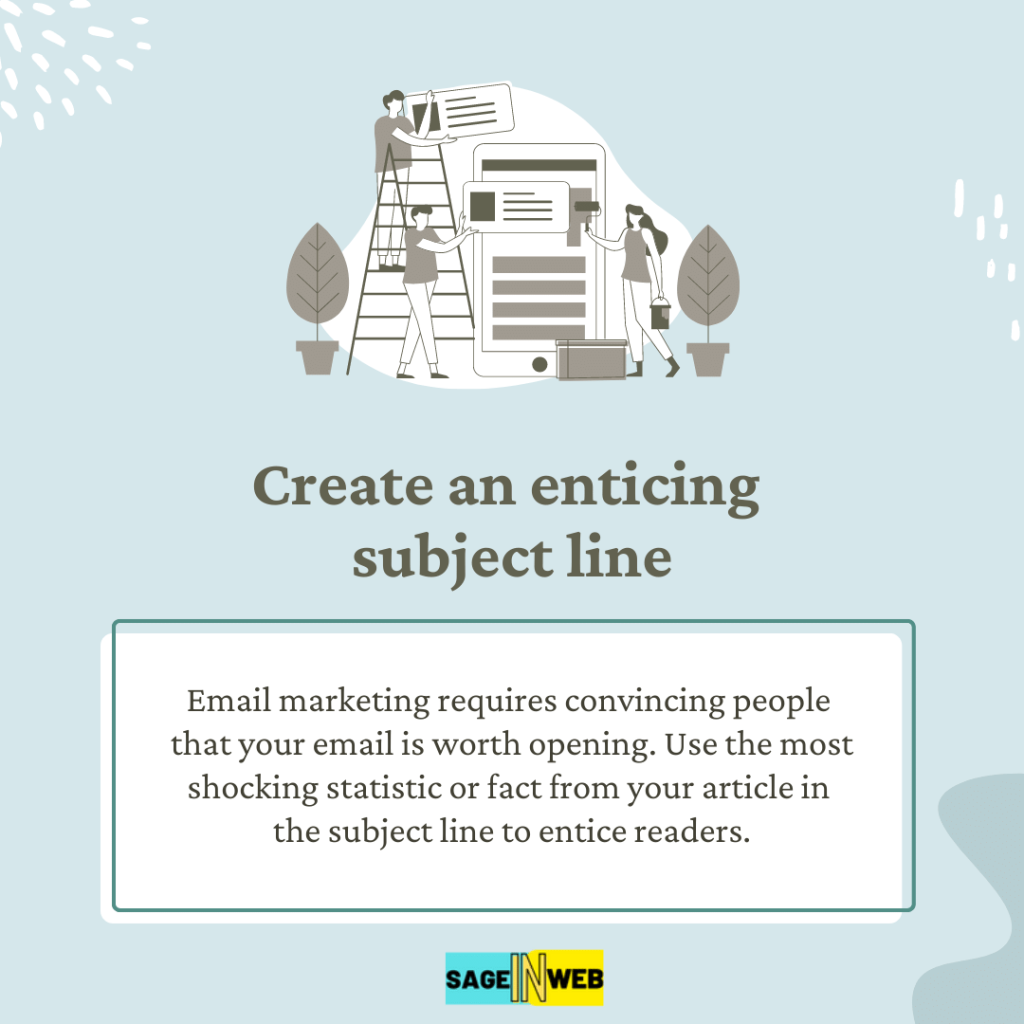
When creating your email marketing messages, it’s important to use a clear and concise subject line that accurately reflects the content of your email. Your email content should be engaging, informative, and easy to read. Use images and videos to make your emails more visually appealing.
Section 3: Effective Email Marketing Campaigns
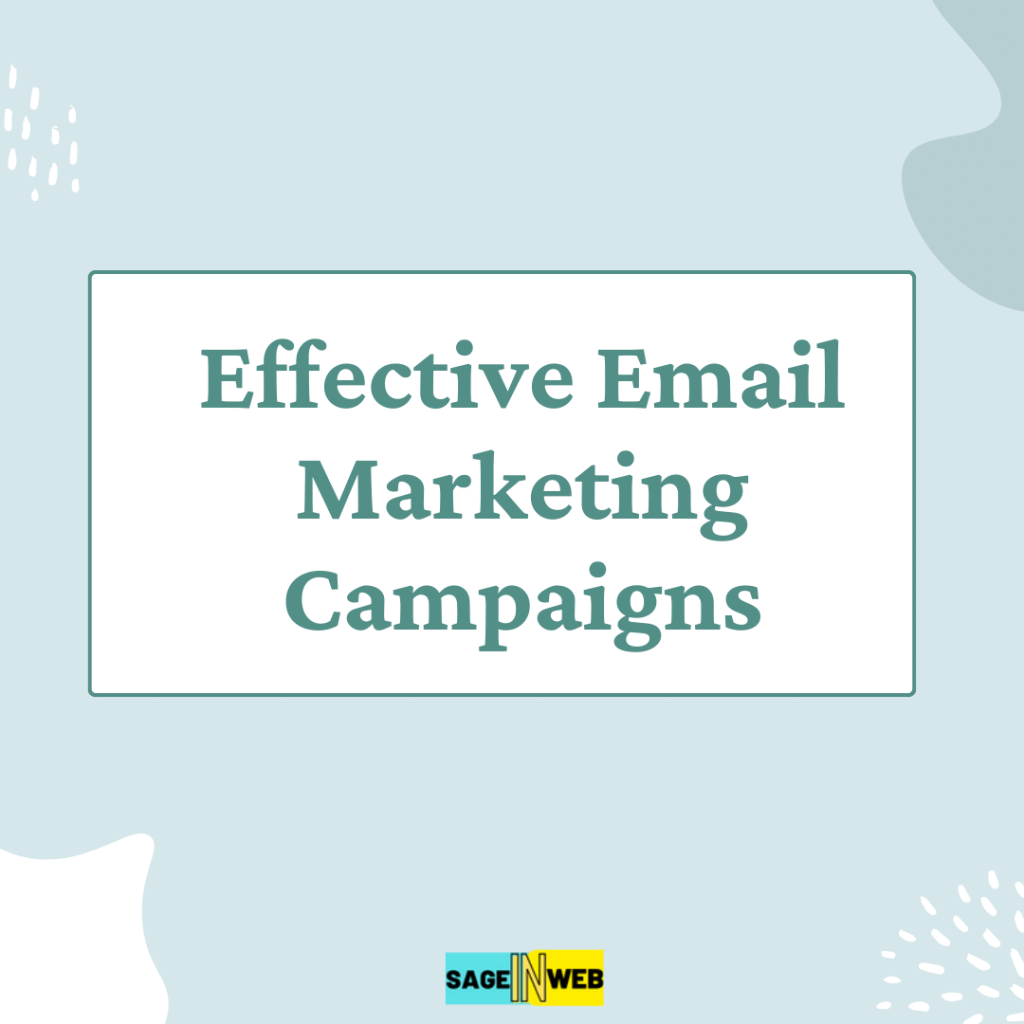
An effective email marketing campaign can help you to achieve your business goals, such as increasing sales or building brand awareness. Here are some strategies to help you create effective email marketing campaigns.
Subsection 3.1: Create a Clear Call-to-Action (CTA)
Learn the Best Email Marketing Tools in 2023
Are you interested in learning about email marketing? It’s an essential tool for businesses to reach customers and promote their products or services.
What you see above is the call-to-action button. You see how remarkable it looks. Your email marketing campaign should have a clear call-to-action (CTA) that encourages the recipient to take action. That could be a button that links to your website, a discount code that can be redeemed online, or a sign-up form for a webinar.
Subsection 3.2: Test and Optimize Your Email Campaigns
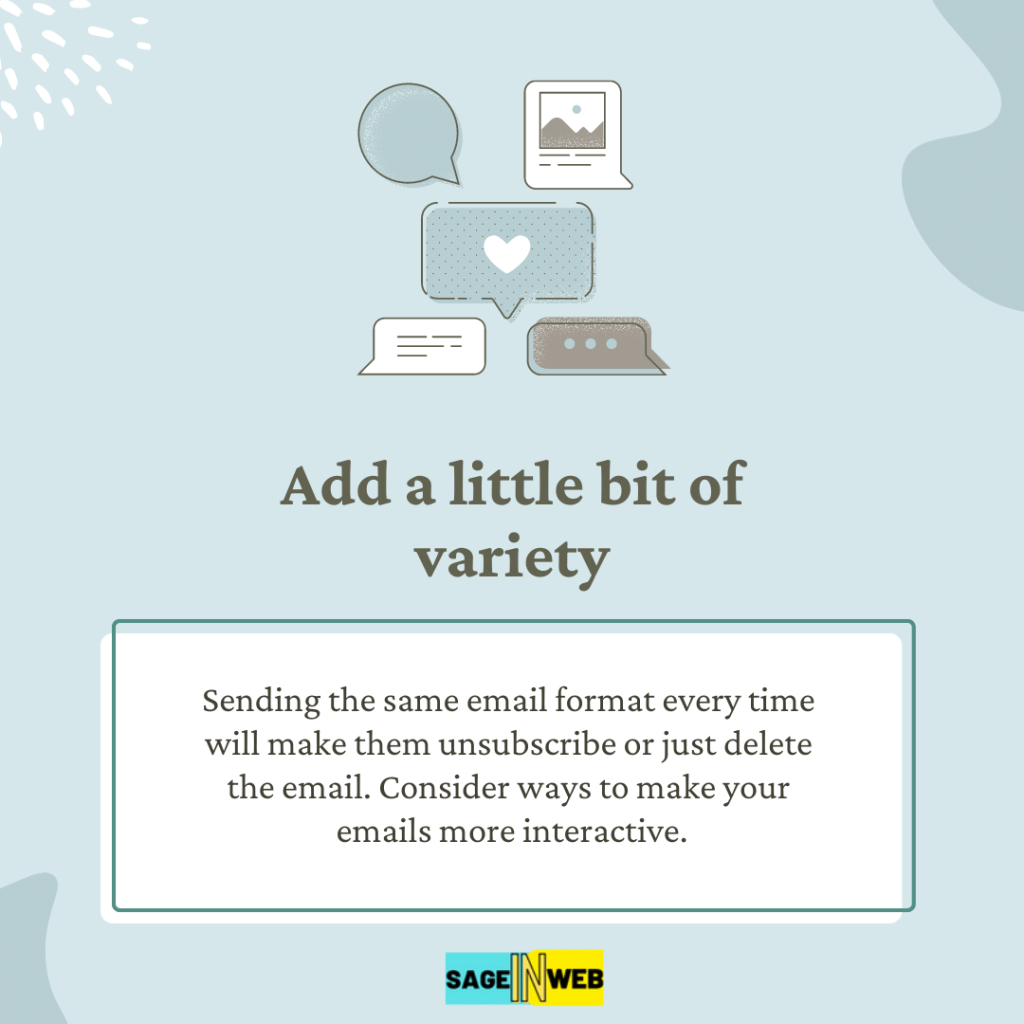
Testing and optimizing your email campaigns involves experimenting with subject lines, email content, and CTAs to see what works best. You can use email marketing tools to track your email campaign metrics, such as open rates and click-through rates, and use this data to improve your future campaigns.
Subsection 3.3: Personalize Your Emails
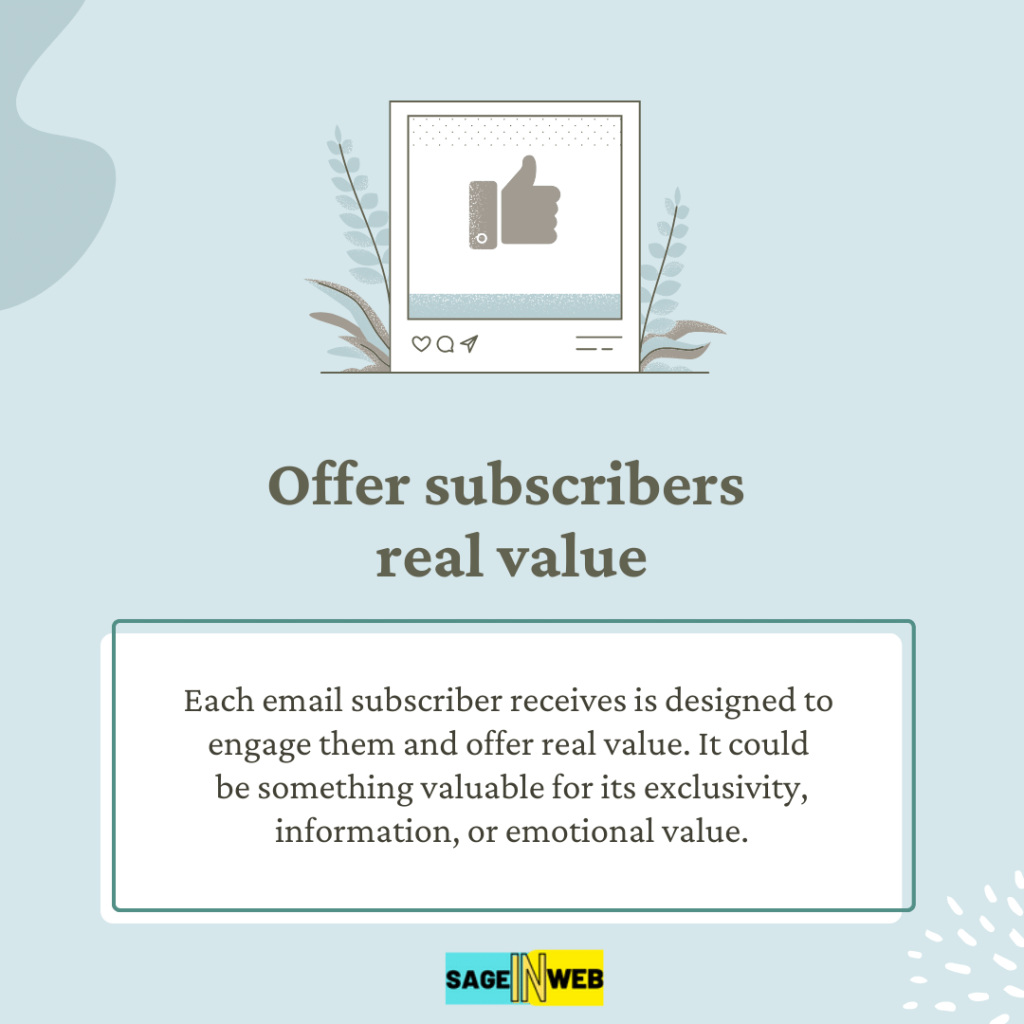
Personalizing your emails involves using the recipient’s name or other personal information in your email content. That can help to increase engagement and build a stronger connection with the recipient. Personalization can also extend beyond the content of the email, such as using the recipient’s purchase history to recommend products they may be interested in.
Section 4: Email Deliverability

Email deliverability refers to the ability of your emails to reach the recipient’s inbox. Here are some strategies that can help to improve your email deliverability.
Subsection 4.1: Use Reliable Email Marketing Tools
Using reliable email marketing tools can help ensure your emails are delivered successfully. These tools and solutions often include features such as email list management, email automation, and email analytics.
Subsection 4.2: Avoid Spam Filters
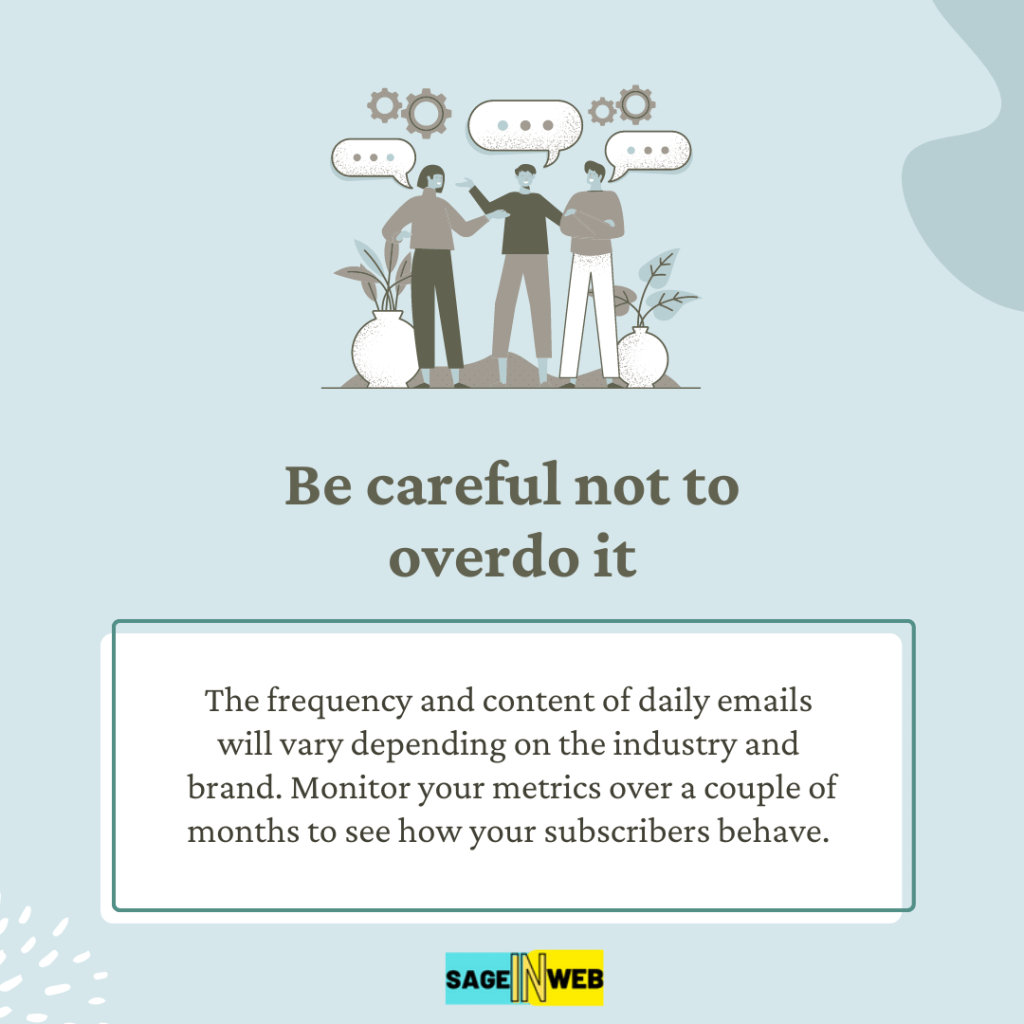
Spam filters block unwanted emails from reaching the recipient’s inbox. To avoid being marked as spam, it’s important to follow email marketing best practices, such as using a clear subject line, avoiding spam trigger words, and avoiding using too many images or links.
Subsection 4.3: Monitor Your Email Reputation
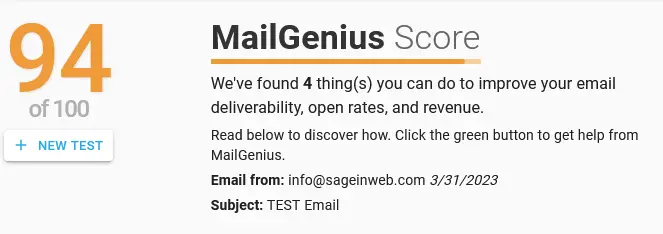
Your email reputation is a score assigned to your domain based on email engagement rates, spam complaints, and bounce rates. A good email reputation can help to improve your email deliverability. You can monitor your email reputation using Sender Score or Barracuda Reputation tools.
Section 5: Email List Segmentation
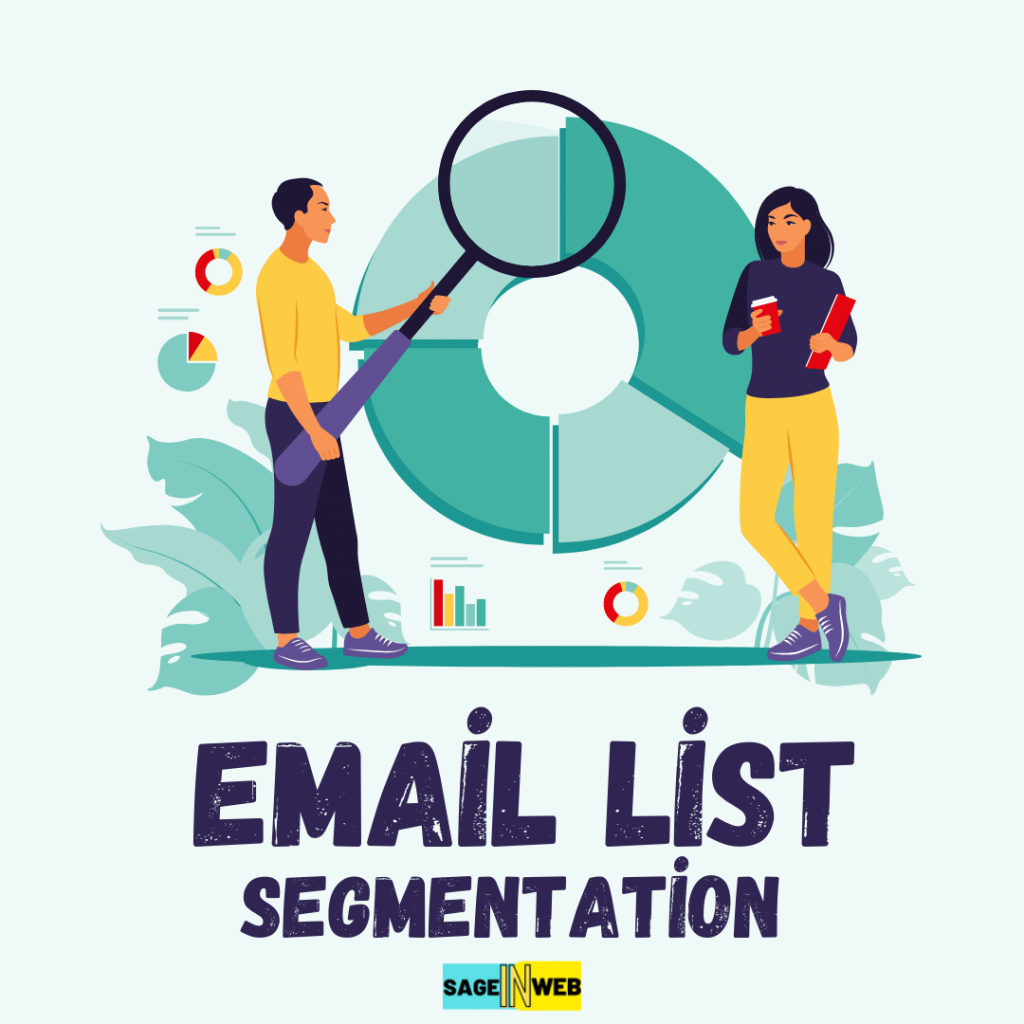
Email list segmentation involves dividing your email list into smaller groups based on certain criteria. Here are some strategies that can help to improve your email list segmentation.
Subsection 5.1: Use Customer Data to Segment Your List
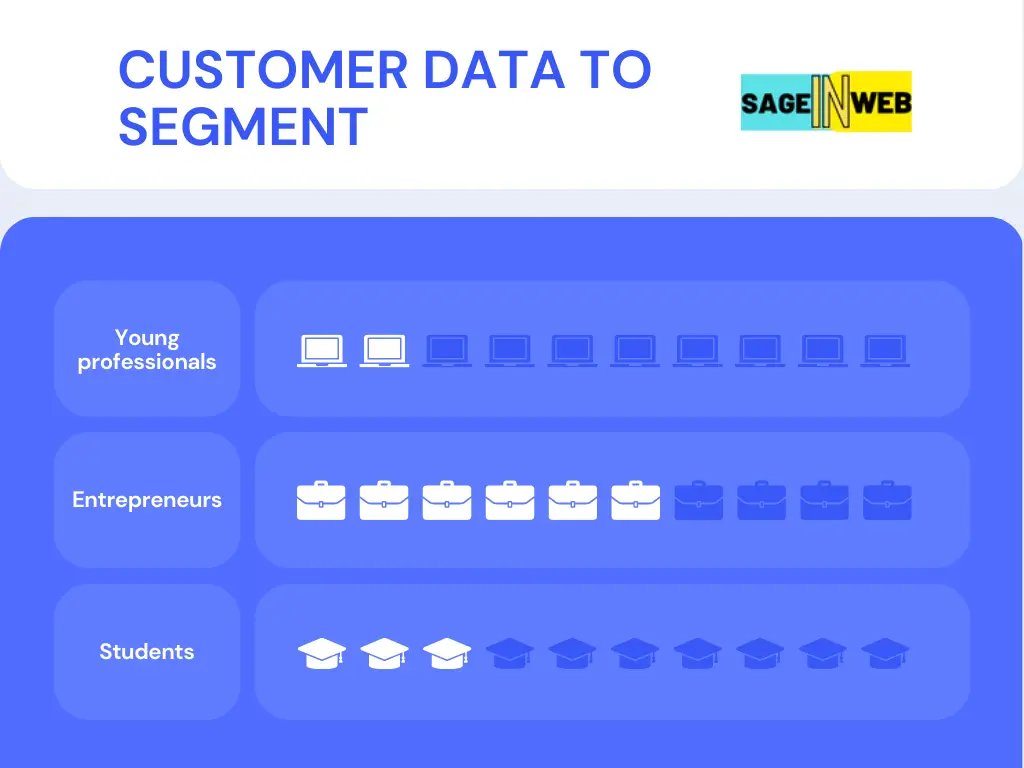
Using customer data such as purchase history, location, and age can help you to segment your email list more effectively. That allows you to send targeted emails more likely to resonate with the recipient.
Subsection 5.2: Segment Your List Based on Engagement
Segmenting your email list based on engagement can help you identify subscribers more likely to engage with your emails. You can segment your list based on open rates, click-through rates and email forwarding rates.
Subsection 5.3: Re-Engage Inactive Subscribers
Re-engaging inactive subscribers involves sending targeted emails to subscribers who have not engaged with your emails in a while. That can help improve your email engagement rates and reduce unsubscribe rates.
Section 6: Email List Building
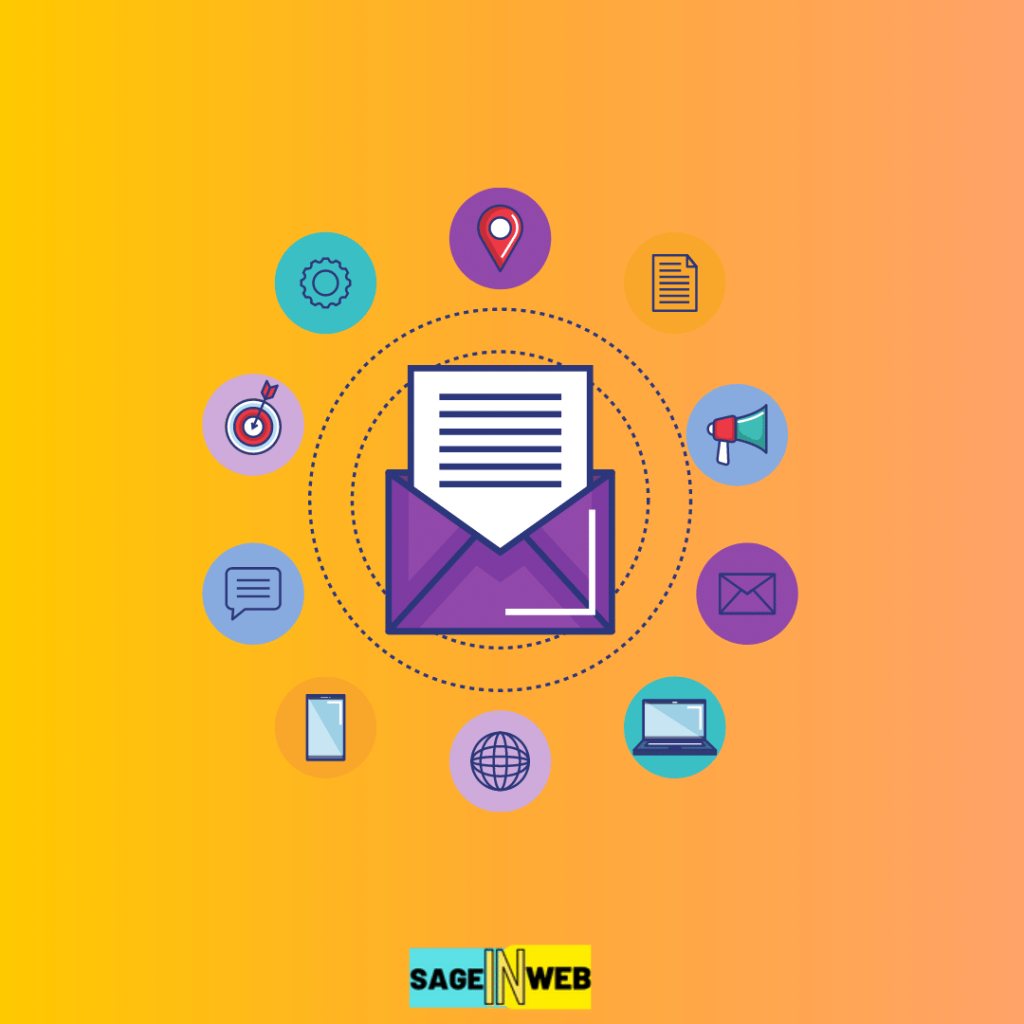
Building your email list is an ongoing process that involves attracting new subscribers and keeping your current subscribers engaged. Here are some strategies that can help to build your email list.
Subsection 6.1: Offer Incentives for Signing Up

Offering incentives such as a free ebook, discount code, or exclusive content can help to encourage people to sign up for your email list.
Subsection 6.2: Use Social Media to Promote Your Email List
Promoting your email list on social media can help to attract new subscribers. You can use social media ads, posts, and stories to promote your email list and offer incentives for signing up.
Subsection 6.3: Host Webinars or Events
Hosting webinars or events can help to attract new subscribers and keep your current subscribers engaged. You can promote your email list during these events and offer exclusive content to attendees who sign up.
Section 7: Email Marketing Tools
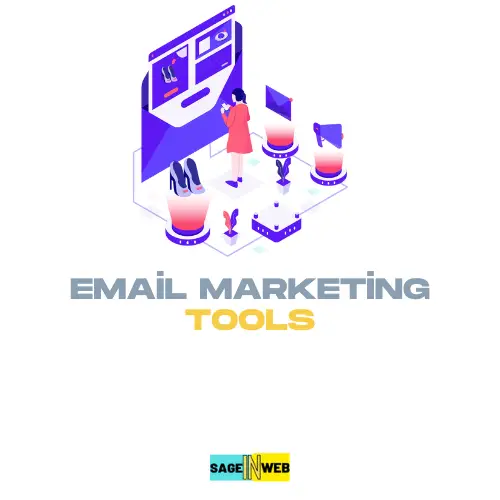
Email marketing tools can help you manage your email list, create effective email campaigns, and track your email metrics. Here are some popular email marketing tools.
Subsection 7.1: Mailchimp

Mailchimp is a popular email marketing tool that offers features like email list management, email automation, and email analytics.
Subsection 7.2: Constant Contact
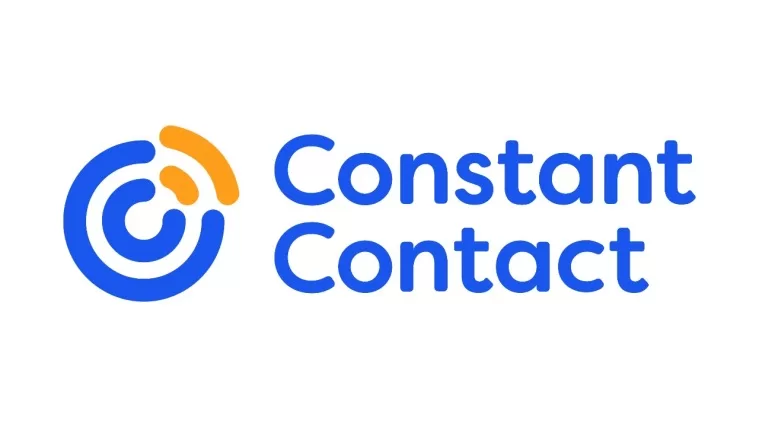
Constant Contact is another popular email marketing tool offering features like email templates, email list segmentation, and social media integration.
Subsection 7.3: Campaign Monitor
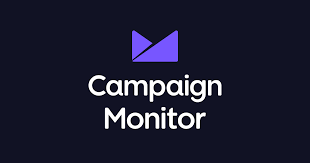
Campaign Monitor is a user-friendly email marketing tool that offers features such as a drag-and-drop email builder, email automation, and personalized content.
We have amazing article about : Best Email Marketing Tools in 2023 you can read from here.
Section 8: Email Marketing Analytics
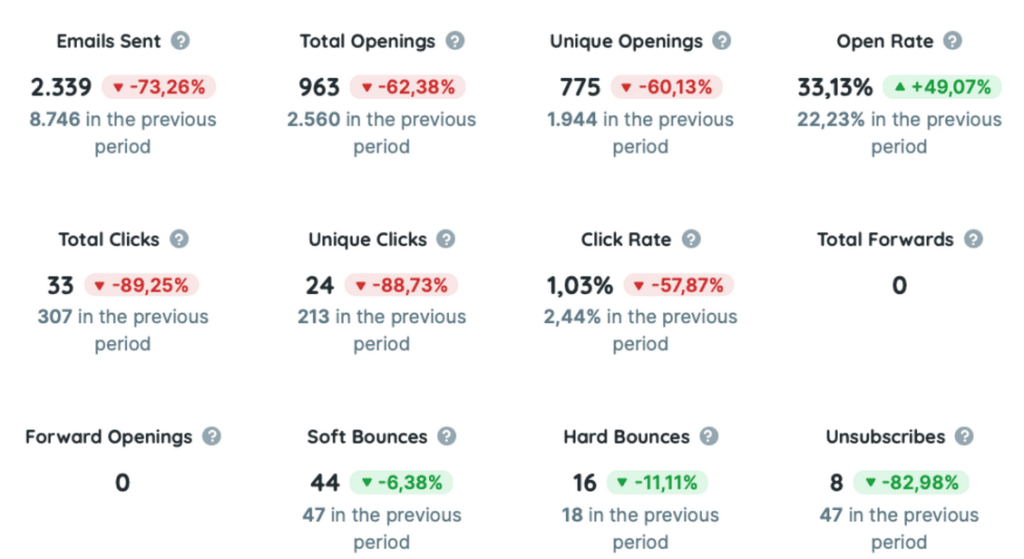
Tracking your email marketing analytics can help you measure your email campaign’s effectiveness and make data-driven decisions. Here are some important email marketing metrics to track.
Subsection 8.1: Open Rates
Open rates refer to the percentage of recipients who opened your email. Tracking your open rates can help you to measure the effectiveness of your subject lines and email content.
Subsection 8.2: Click-Through Rates
Click-through rates refer to the percentage of recipients who clicked on a link in your email. Tracking your click-through rates can help you to measure the effectiveness of your call-to-action and email content.
Subsection 8.3: Conversion Rates

Conversion rates refer to the percentage of recipients who completed a desired action, such as purchasing or filling out a form. Tracking your conversion rates can help you measure your email campaign’s effectiveness and make data-driven decisions.
Section 9: FAQ
What is email marketing?
Email marketing is a digital marketing strategy that involves sending commercial messages to people via email.
What are some email marketing best practices?
Some email marketing best practices include personalizing your emails, using a clear subject line, avoiding spam trigger words, and tracking your email marketing analytics.
How can I improve my email deliverability?
To improve your email deliverability, you can use reliable email marketing tools, avoid spam filters, and monitor your email reputation.
What is email list segmentation?
Email list segmentation involves dividing your email list into smaller groups based on certain criteria, such as customer data or engagement rates.
How can I build my email list?
You can build your email list by offering incentives for signing up, promoting your email list on social media, and hosting webinars or events.
Section 10: Conclusion
Email marketing can be a powerful tool for businesses of all sizes. Following email marketing best practices and implementing effective marketing strategies can increase engagement, build relationships with your subscribers, and drive conversions. Remember to use reliable email marketing tools, personalize your emails, and track your email marketing analytics to make data-driven decisions.
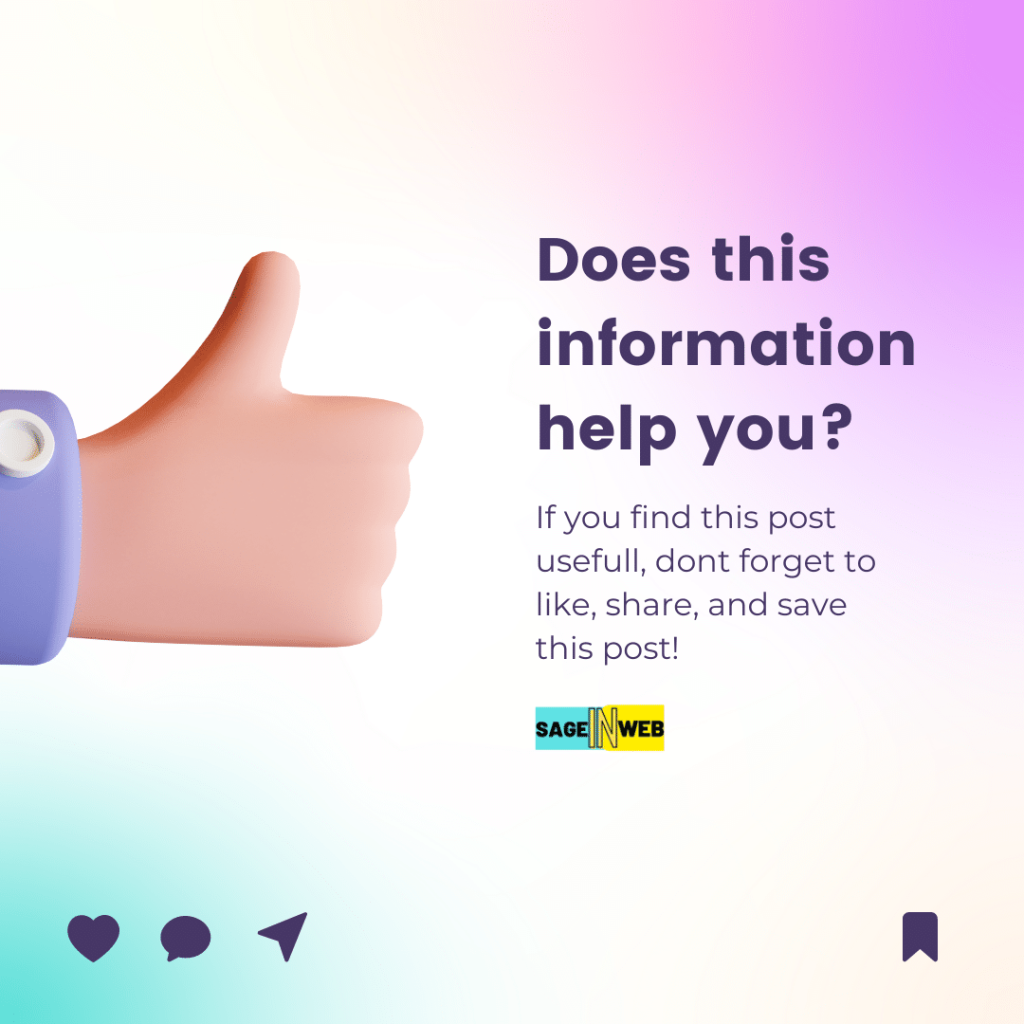


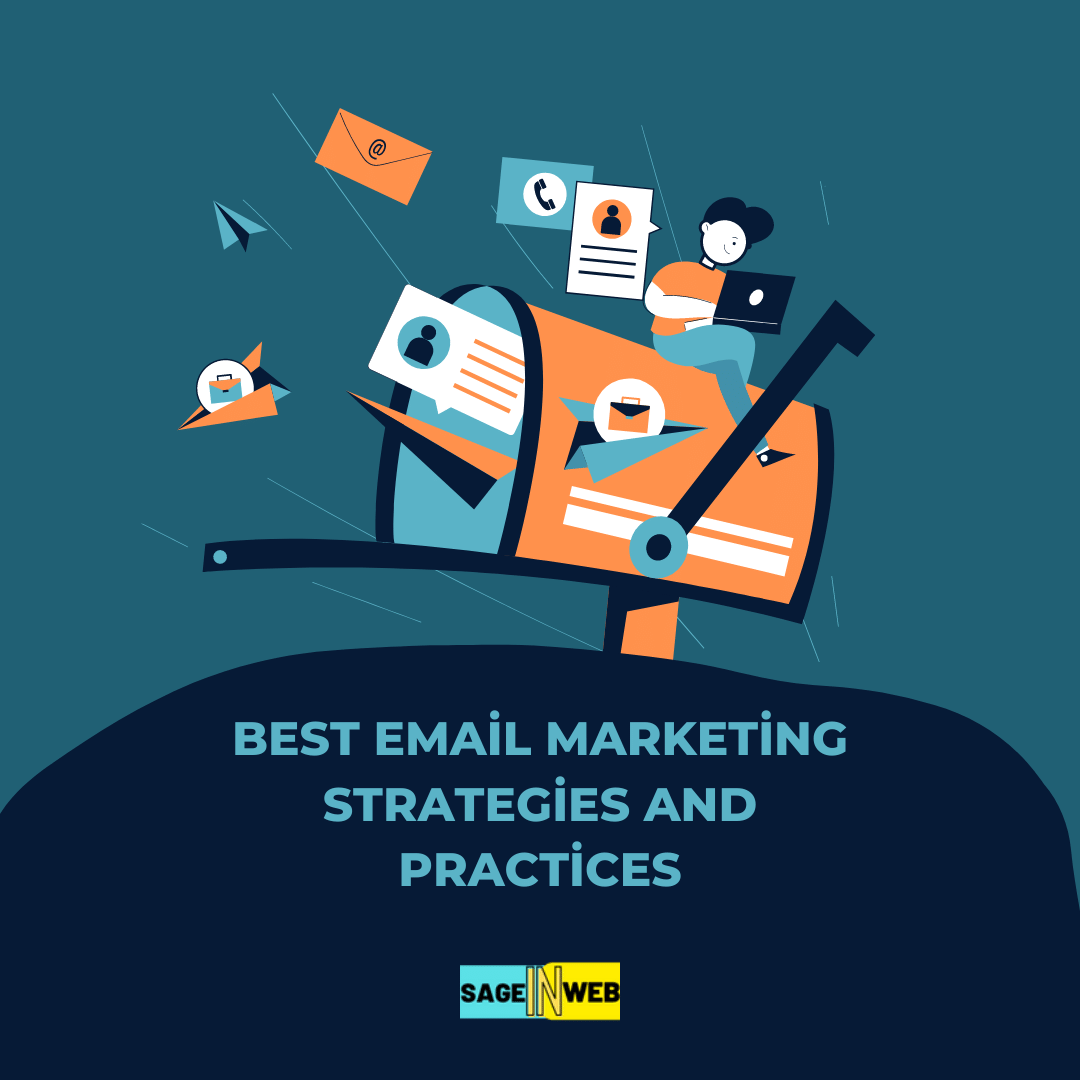
Comments